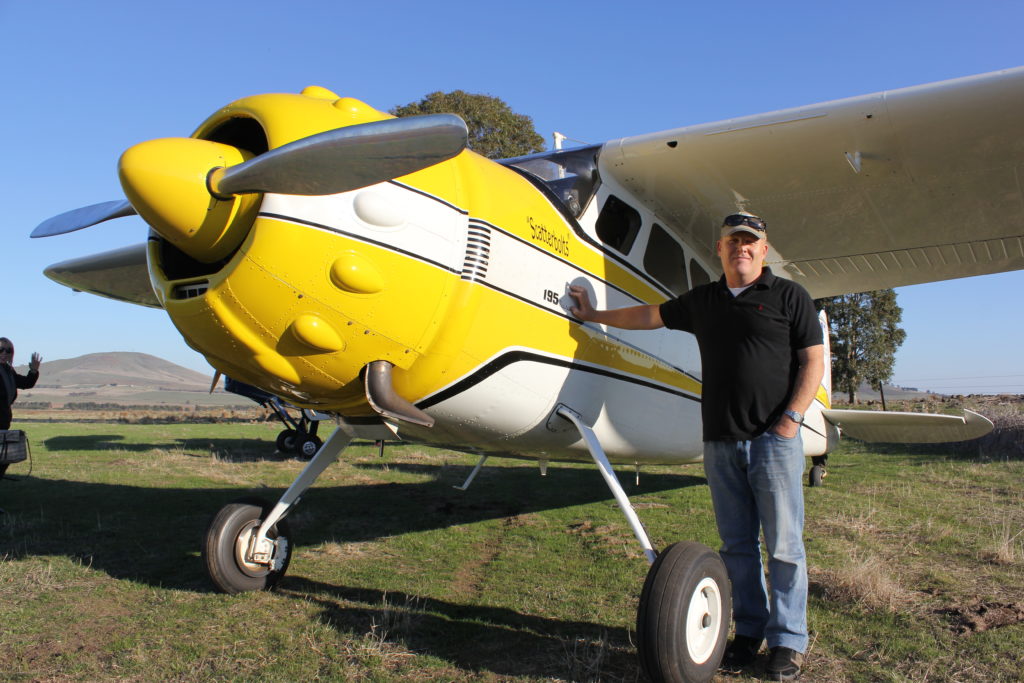Debunking common aviation insurance myths with Mike Dalton – Part 4
Welcome to the fourth and last edition of our four-part series featuring Mike Dalton as he delves into the world of aviation insurance, debunking common myths and misconceptions. Join us as we navigate through the complexities of aviation insurance, separating fact from fiction, and ensuring you are well-informed with accurate and practical information. Stay tuned for each instalment as we unravel these myths one by one!
Myth #4 – I can save premium by lowering the insured value of my aircraft
Well, you can certainly save premium by lowering the insurance value of your aircraft, but
what does that mean in the event of a claim?
Aircraft insurance policies are generally an agreed value policy where the amount shown on
the policy schedule is the agreed sum insured for the aircraft hull. There is no averaging
clause as there is in some other classes of material damage insurance which would cause
the insurer to discount the payout if you haven’t set an appropriate value. So, if the policy
schedule shows the sum insured as $50,000 then that is the amount that you would be paid
in the event of a total loss claim.
With that said, there are two items that are very important to note:
- The decision to deem the aircraft a total loss is the Insurance Companies, not the
aircraft owners. They will make this decision based on a variety of factors including
the expected cost and complexity of repairs, the availability of adequate parts to
effect repairs and the likely salvage value of the aircraft in its post-accident, pre
repair condition, - If the Insurer elects to declare the aircraft a total loss and pay the owner the sum
insured, the aircraft salvage becomes the property of the Insurance company who
may choose to repair the aircraft and sell it once repaired or sell the unrepaired
salvage to the highest bidder on an as is, where is basis.
So, the option to underinsure the hull to save premium comes with some additional risk for
the owner. Consider the following scenarios: - A PA28 insured for an appropriate value of $100,000 which suffers a prop strike
whilst taxying on the grass parking area. Likely inspection and repair costs for this
damage will be around the $40,000 mark and not put the aircraft at risk of being
deemed a total loss. - The same aircraft but where the insured has chosen, say, a $60,000 sum insured to
save some hull premium. For the same damage and repair cost, the Insurer might
choose to deem the aircraft a total loss, pay the owner the $60,000 sum insured,
complete repairs themselves and then sell the aircraft thereafter. In this scenario the
Insurer has fully met their obligations according to the policy contract.
The policy holder needs to carefully consider the correct insurance value for their aircraft and
choose an insurance value appropriately. This is affected by a variety of factors including
total time in service, engine and prop HTR, avionics fit, paint and interior condition. Less tangible factors such as the popularity of a particular type can have a significant impact on this also.
Mike Dalton is our Head of Aviation at Agile Underwriting. He is a licensed pilot with a Commercial, ATP and RAAus Pilot qualifications in Australia and the US. Mike enjoys working with customers and discussing aviation and is eager to simplify aviation insurance for customers and brokers.
Mike has 30 years of insurance experience, specialising in aviation underwriting. He has extensive experience writing risks in Australia, New Zealand, Papua New Guinea, and the South Pacific and has written policies in the airline, manufacturing, airport, and general aviation industries. He has held management positions at one of Australia’s largest Aero Clubs and has his own Air Operators Certificate for passenger transport charter operations. He owns and operates a small vintage aircraft collection and has flown over 50 different general aviation aircraft types.
